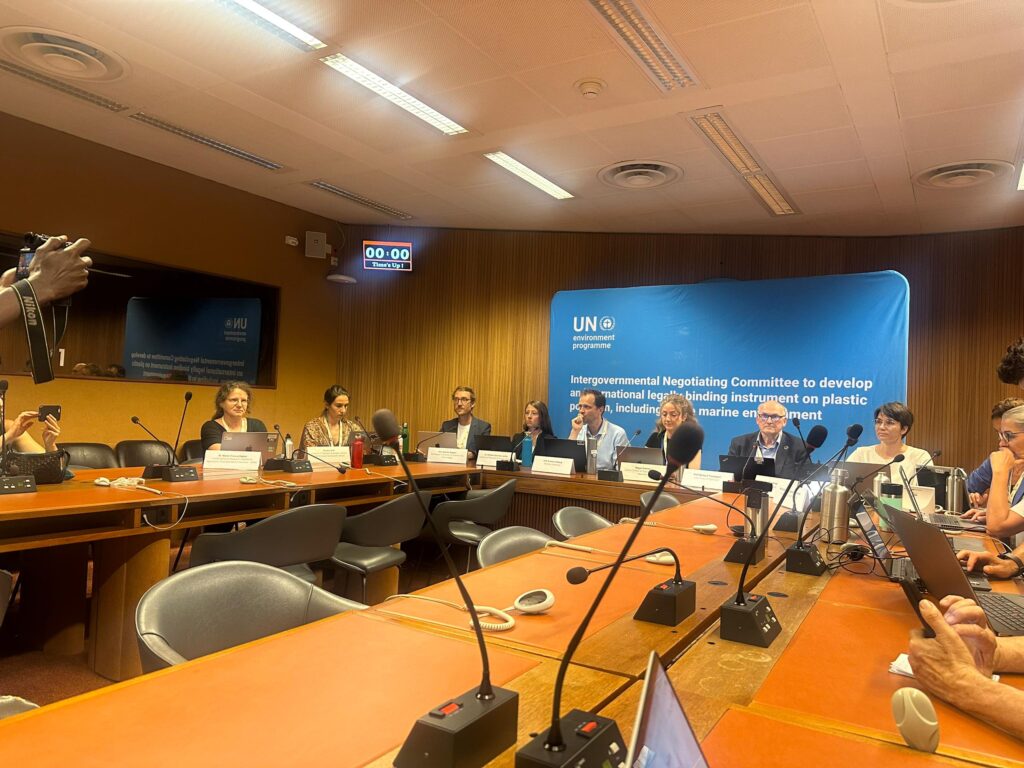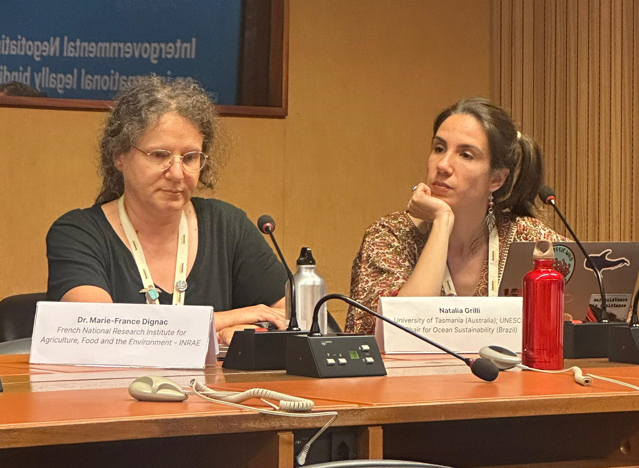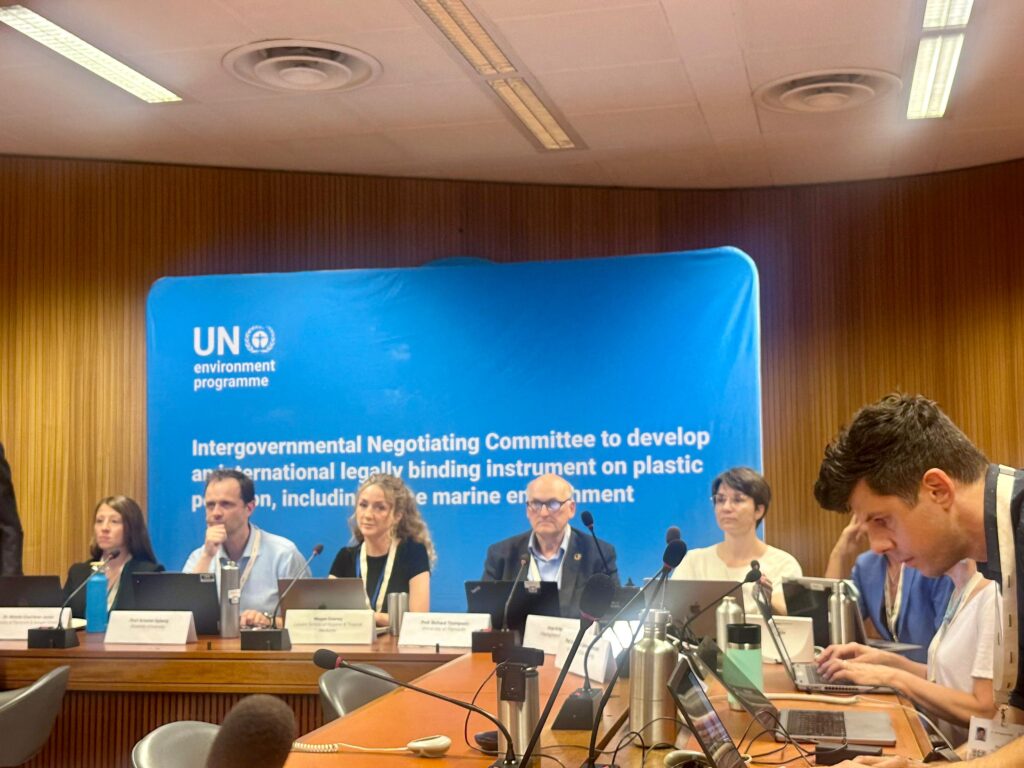By Habitat Reporter
Geneva, Switzerland. Scientists have urged negotiators of the new global plastics treaty to strike a careful balance between the benefits, trade-offs, and sustainability of plastics in the food and agriculture sector, while prioritizing human health.
Speaking at a side event during the second part of the Fifth Session of the Intergovernmental Negotiating Committee (INC-5.2) in Geneva, experts warned that plastic waste is accumulating in agricultural lands, harming soil health, disrupting ecosystems, and threatening sustainable farming.
According to the Food and Agriculture Organization’s 2021 report Assessment of Agricultural Plastics and Their Sustainability, agricultural value chains consumed 12.5 million tonnes of plastic products in plant and animal production and 37.3 million tonnes in food packaging in 2019 alone.
Dr Maries Dignac of the French National Research Institute for Food and Environment (INRAE) explained that microplastics can reduce agricultural productivity by damaging plant roots and disrupting nutrient cycles such as nitrogen, carbon, and phosphorus.
They also harm soil biodiversity — including earthworms and other organisms essential for soil health — alter water cycles, and can enter edible plant parts through roots and leaves.

On human health, Dr Dignac welcomed the treaty’s proposed standalone Article 19 on health but urged that health protection be embedded throughout all treaty provisions.
“Some studies show that microplastics can enter plants through roots and possibly leaves, meaning they can be present in the edible parts consumed by people,” she said.
Prof Richard Thompson of the University of Plymouth called for strong measures in key sections of the treaty, including Article 3 on products and chemicals of concern, Article 5 on product design, and Article 6 on reducing plastic supply.
He stressed that protecting the environment and human health must go hand in hand, as plastics pose both direct and indirect health risks.
Prof Bethany Almroth of the University of Gothenburg noted that integrating health considerations across the treaty would not only improve public health but also strengthen environmental protections.

“We have an opportunity to enshrine human health at the heart of this treaty and I am hopeful that we will see that happen,” she said.
Dr Winnie Jones, also from the University of Plymouth, emphasized the need for broad and comprehensive criteria for sustainable plastic pollution management covering water justice, environmental impacts, and human health.
She proposed that these standards be developed by a future subsidiary body under the treaty and be based on a wide understanding of impacts on ecosystems, public health, socio-economic systems, and cultures.
“There are many aspects to consider,” she said.
“One is chemical toxicity, including substances present in recycled plastics. Another is ensuring a just transition for workers across the entire plastics life cycle. As we adopt new technologies and systems, we must assess them carefully to ensure they are truly sustainable, safe, and the best path forward.”


